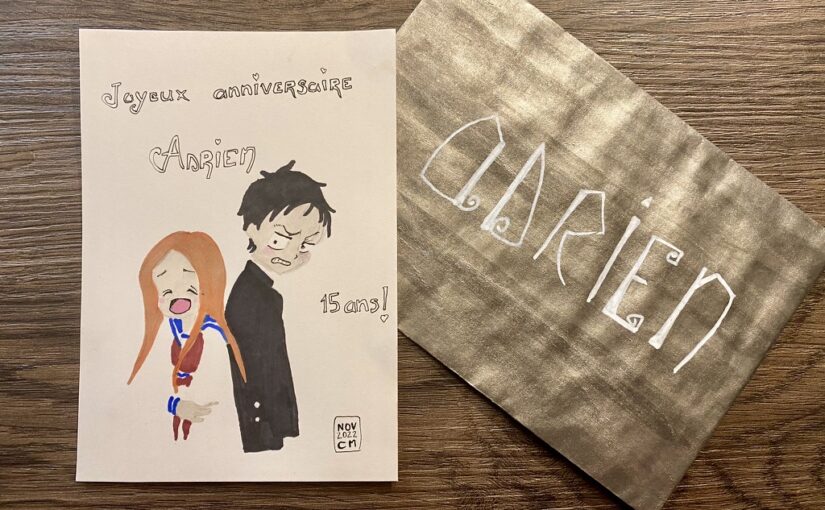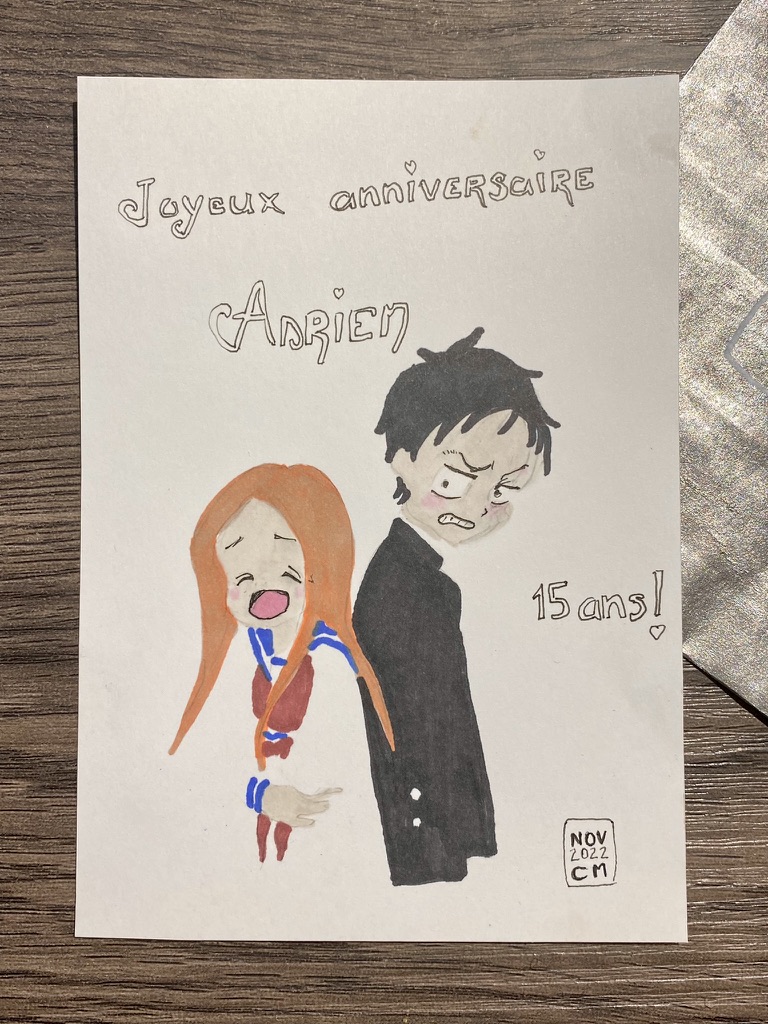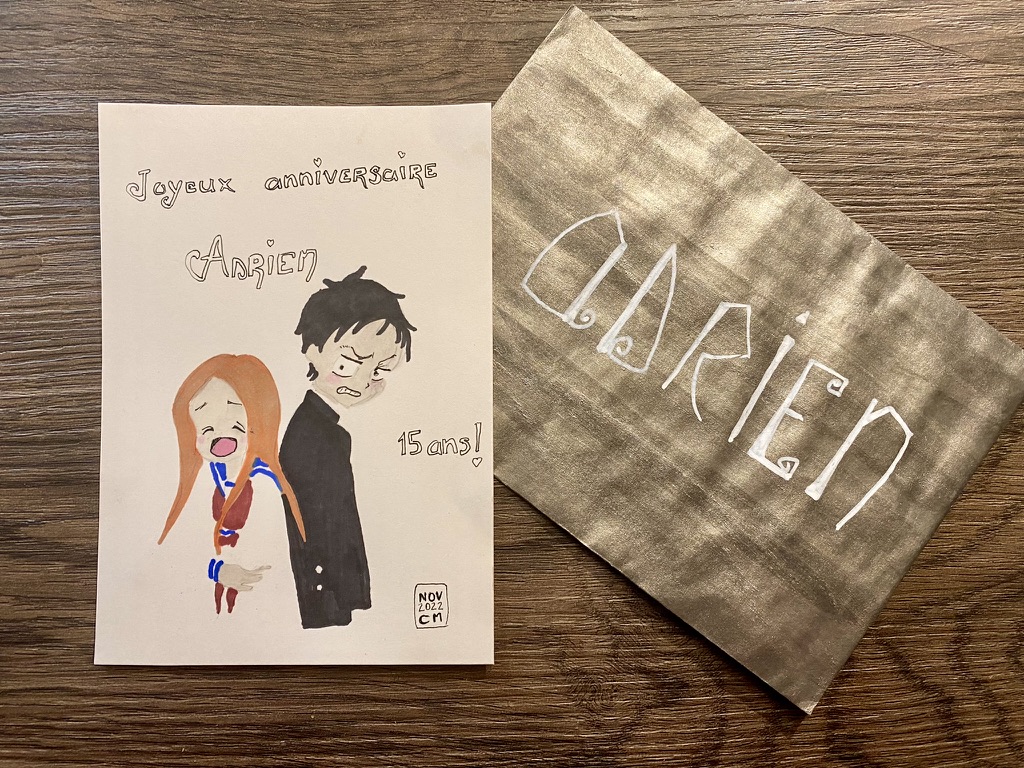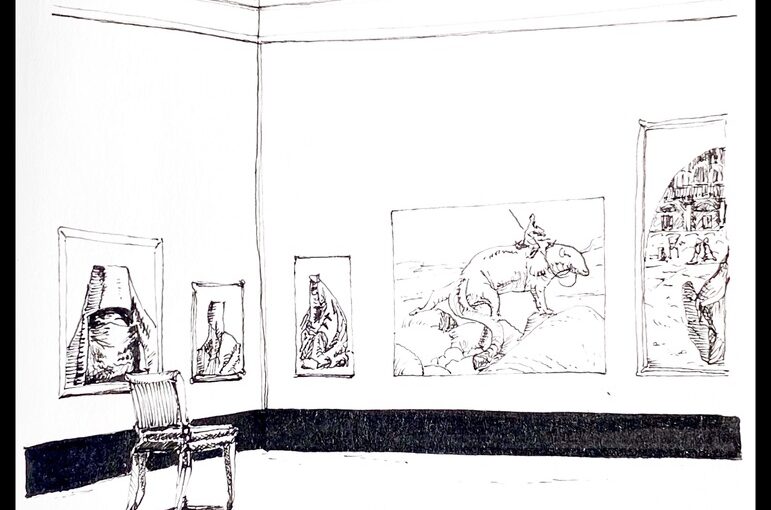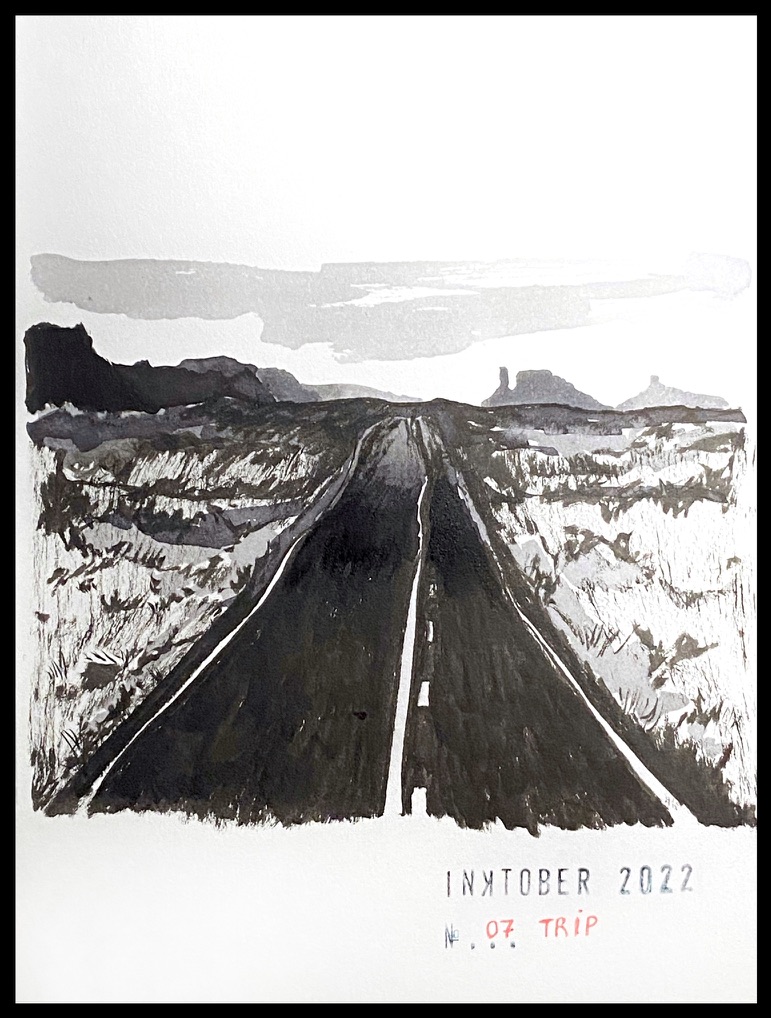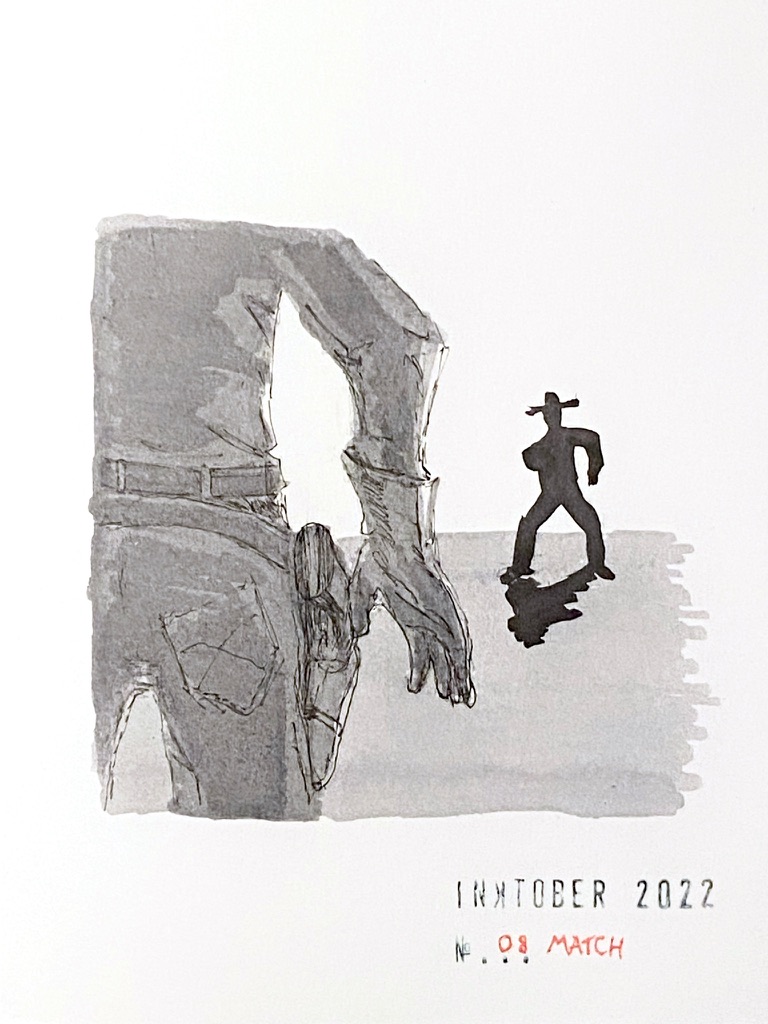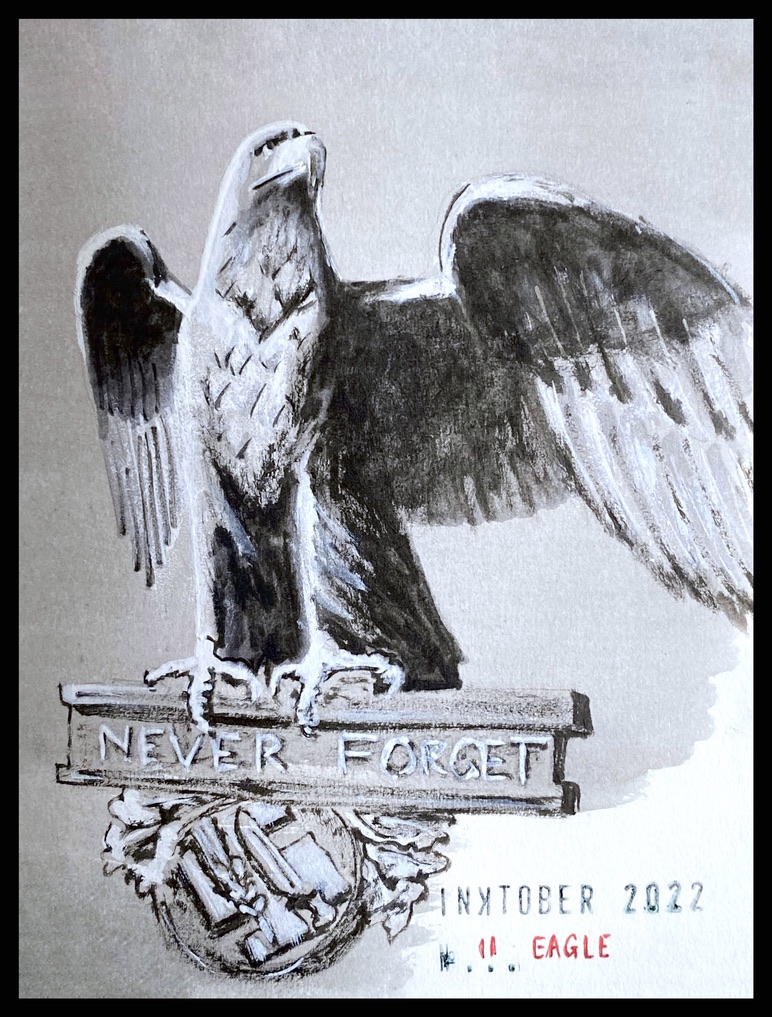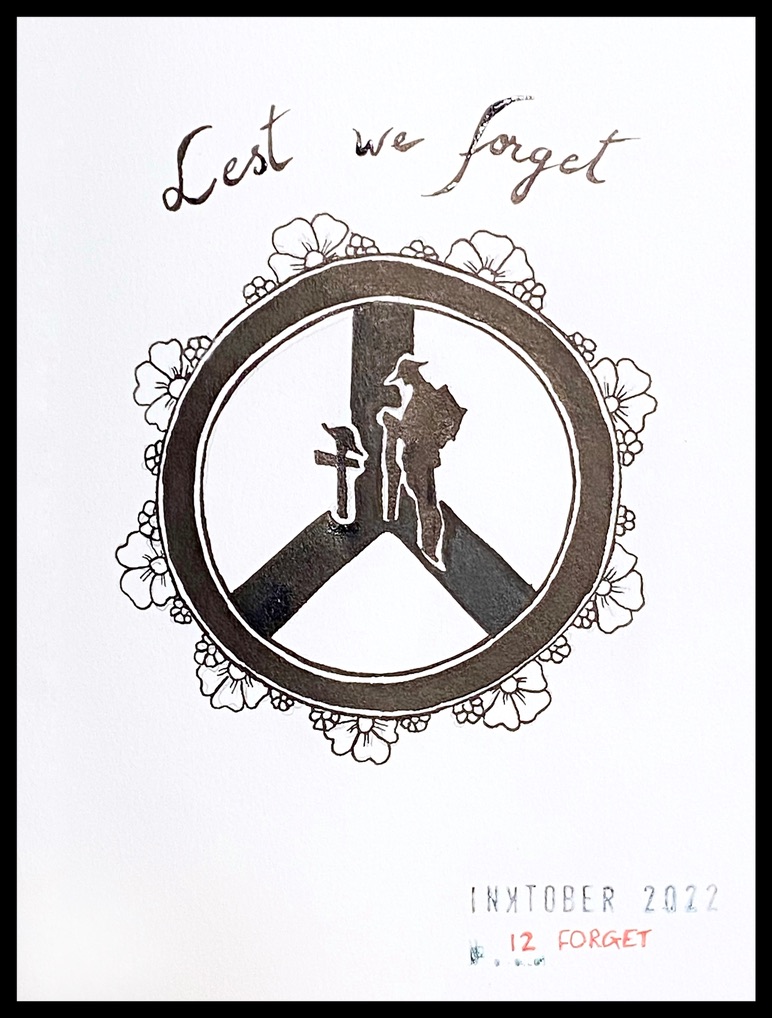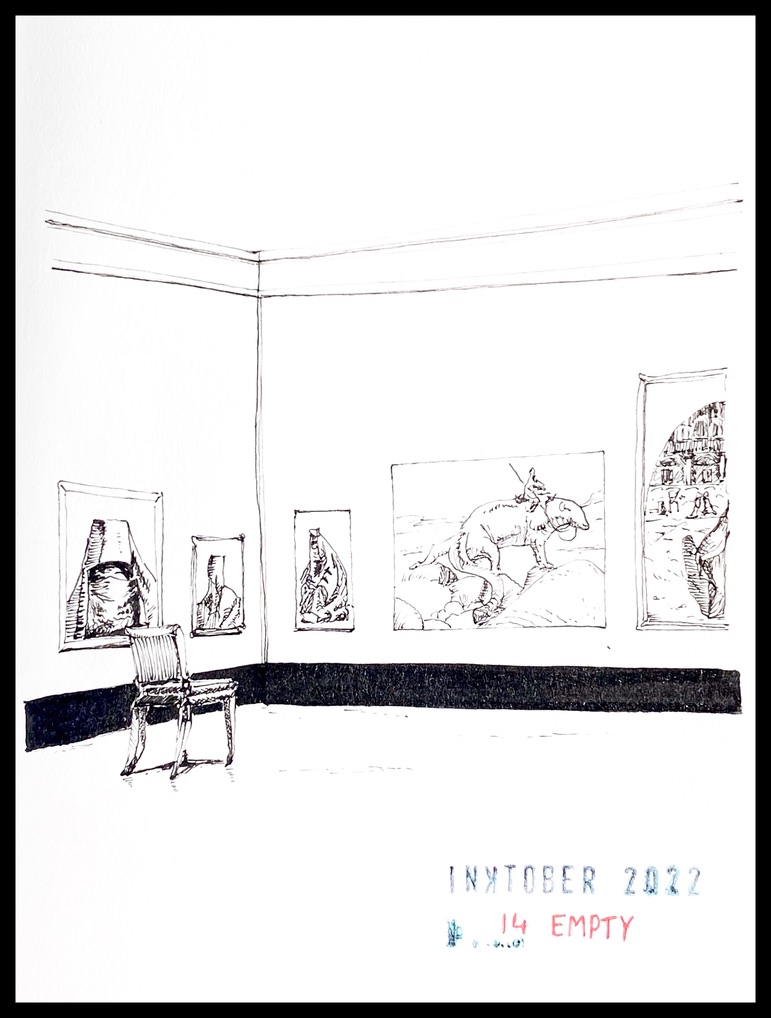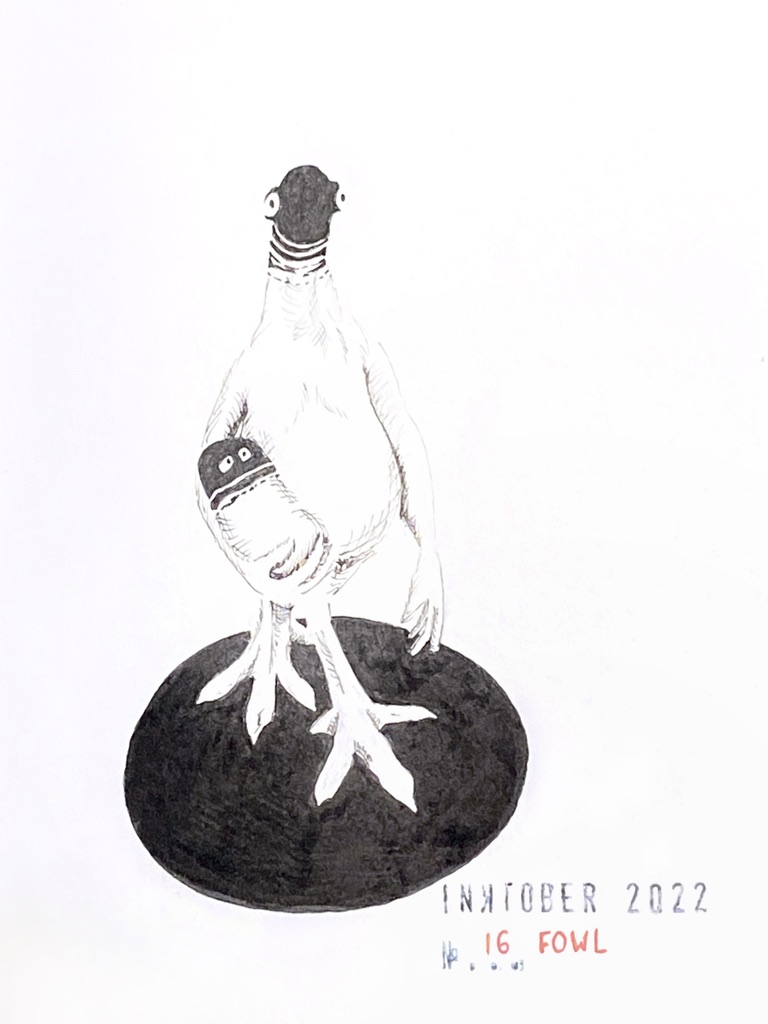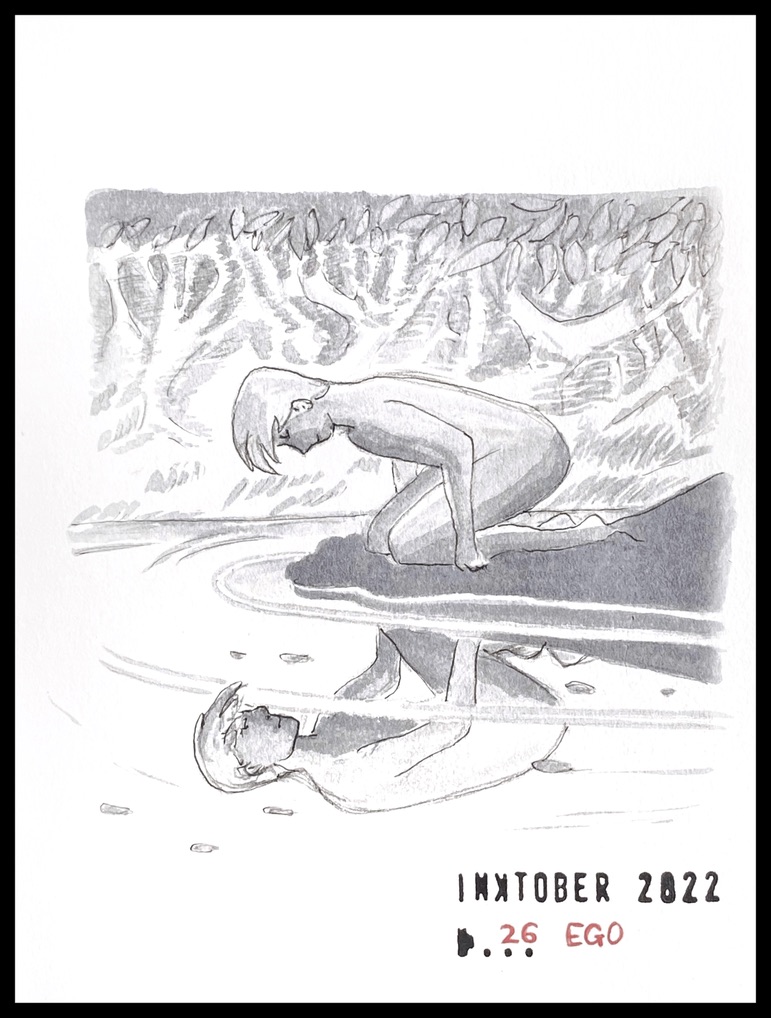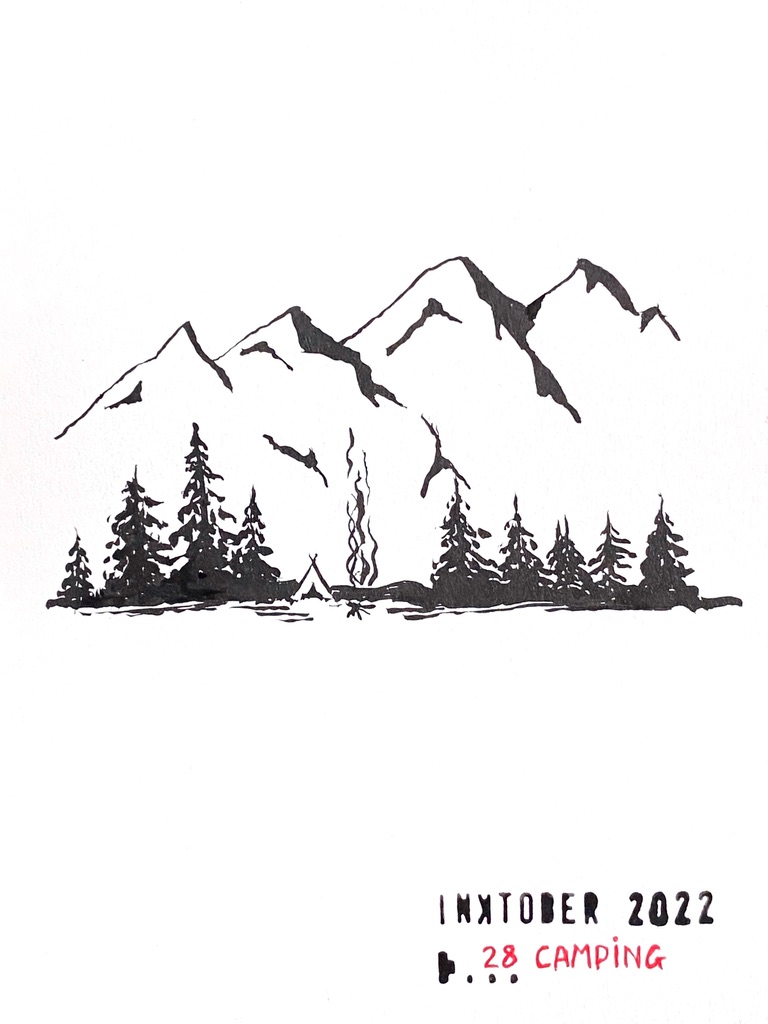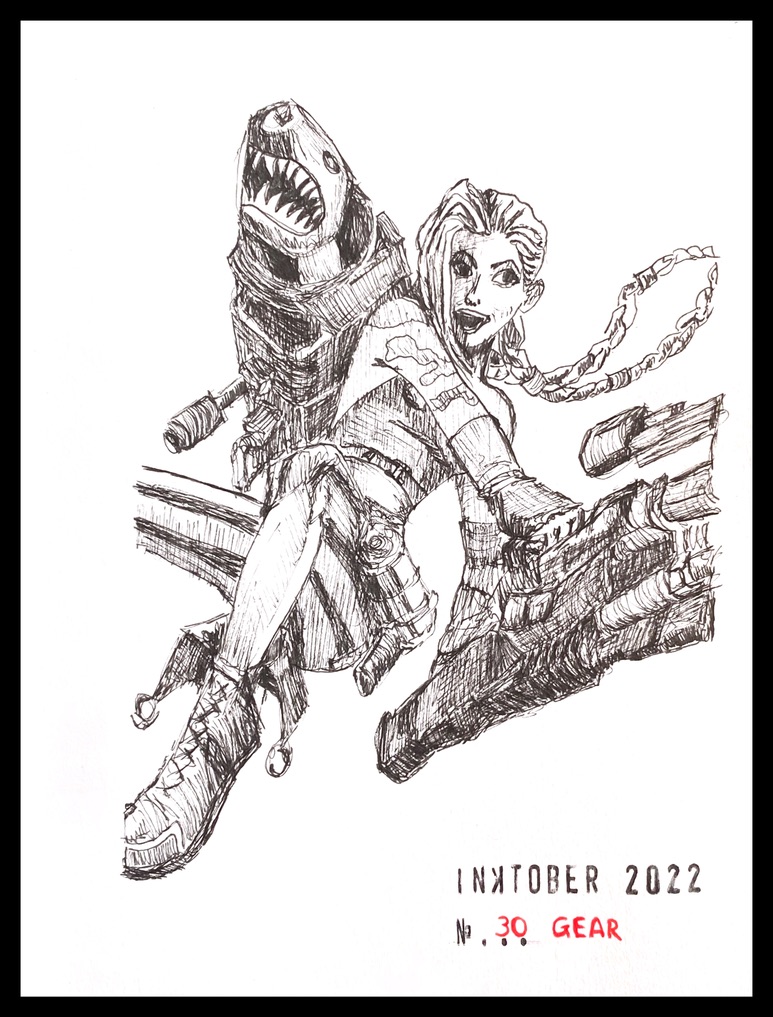I’m still in between feeling ashamed and being OK about having crashed and burned at work. I’m recovering from a burnout that was long in coming and even the recovery is long in coming!
Manifestation
The few signs which undoubtedly called my attention to the fact that I was burning out were:
- Scattered thoughts and inability to keep one thought in focus
- Difficulty to comprehend what I was reading
- General sudden sluggishness in even the most mundane habitual tasks
- Loss of words
- Loss of hair
In truth, the sudden and continued loss of hair is what worried me and got me to make an appointment at my doctor’s. I was quick to discard all of the rest as just a collateral of sustained work done in a period of rush, such as we all regularly have. I didn’t lose all of my hair but I was losing enough every time I touched it that after a few weeks (months, really) it really bothered me. My body gave me cause to worry and act on it, since I was ignoring all other signs.
Diagnostic
My doctor ordered blood sample analysis which returned that I was in perfect health, so having ruled out a physical disease focused on a disease of the mind. After a few questions I was offered to be off work on medical leave.
Break
The doctor gave me a two-week medical leave at first and then extended it by the week, or every few weeks, for a total of 8 weeks. I met with the doctor after each extension.
During what I thought was the last extension I got really anxious about going back to work. I felt I was not ready and worried a lot. I described to the doctor that I had been worried sick the whole time, that I felt I had just one go at this and that if I returned prematurely I feared it would have been all for nothing. The last extension of the medical leave he gave me was for three weeks.
All in all, I did a whole lot of nothing, except for exercising, and did it very slowly too. I wasn’t too sad, or too distressed. I didn’t miss work. I dreaded it as I wrote. The doctor gave me pills to try to sleep better and more efficiently but the two types I tried did not work. When I wasn’t on the bike, or running, or walking, I watched a TV show that my parents gave me as a birthday present. I didn’t have a lot of bandwidth and headspace for much else.
I would have liked to do more, be that reading, or drawing, or even thinking but it just didn’t happen and I was OK with it because I knew I just didn’t have it in me.
The break was good and beneficial. Every one around me, including at work, was so supportive I am very lucky and appreciate how blessed I am.
Return
After 8 weeks off, I returned to work. It was very overwhelming but everyone was very nice, and careful to NOT make me feel overwhelmed. There was a few thousands email in my various mail boxes. I still remembered how to work, my passwords, Zoom meeting room numbers and the likes.
For many weeks, I was still at loss for so many words. That was one of the most unexpected signs, to be frank. Especially in English where my vocabulary is rich and broad (not to brag!) Today even, to a lesser degree I continue to struggle, and words are at the tip of my tongue or fingers.
It took me 4 or 5 weeks to get back in most of the flow of work and another 1 or 2 to actually feel I was almost back.
“Almost”, because I feel that I’m not back to being myself (yet?) Things still take me much longer than before 🤷🏻♀️ It’s as though something in my brain restricts it from being fully functional. Maybe it’s a built-in security until such time that I can be back to my previous self, speed and abilities.
Addendum: Origins
2022-12-21 update: I had meant to include a section last night as part of this entry to shed a bit of light on the origins of my burnout, but I realize just now that I forgot it.
I had lost faith. It’s as simple as that. I could sustain a certain level of stress, anxiety, workload and frustration as long as I was *driven*. But when the drive disappeared, the entire balance (however unhealthy and wrong) broke.
I won’t go into details but I will say that I realised that my voice was not heard, my actions had no impact and the weight of that was too much for me.
Addendum: Hope
2022-12-22 update: I might have some faith still. And if not faith, at least hope.
Since I returned, I mostly focused on the parts of work that don’t require faith but execution.
The organisation is changing so there is hope I can try to make a difference. I really like our mission. I feel I still have what my former manager (our former CEO, who left almost a month ago) referred to as “unfinished business.”

